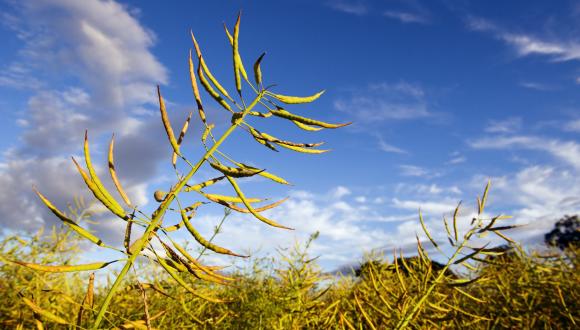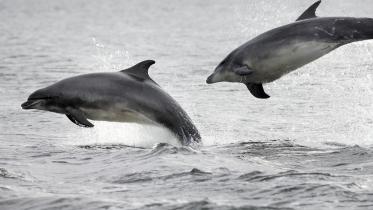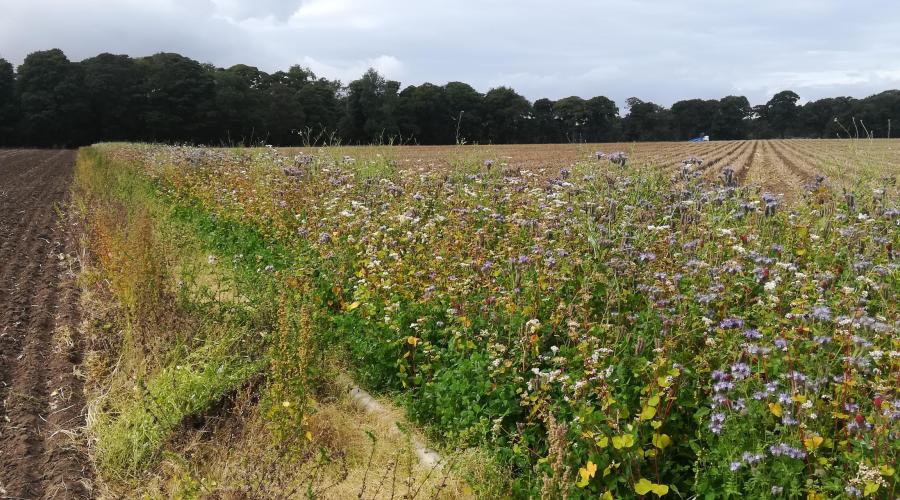
Biodiversity Audit
To be used by farmers and crofters to baseline map the habitats and features on their land and then manage their land to promote biodiversity.
NatureScot has been asked by the Scottish Government to develop a biodiversity audit for farmers and crofters. Maintaining and improving biodiversity on farmland is a key part of Scottish Government’s Agriculture Reform Programme to deliver their ‘Vision for Agriculture’. From 2025 farmers and crofters will be required to prepare the foundations of a “whole farm plan” which will include soil testing, animal health and welfare declarations, carbon audits, biodiversity audits and supported business planning. Changes to the new rural support framework will be in place that will make half of all funding dependent on certain conditions.
This means that farmers and crofters receiving support will be expected to deliver on targeted outcomes for biodiversity gain and low emissions production. It is important therefore for farmers to be able to have access to a tool which will help them to bring together a baseline of biodiversity on their farm, then allow informed decisions to maintain or increase the condition through sustainable farming methods.
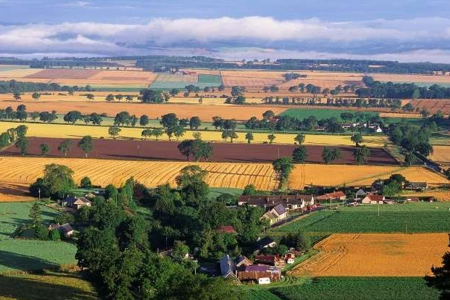
Ultimately this can contribute to delivering the Scottish Biodiversity Strategy aims to halt biodiversity loss by 2030 and restore biodiversity by 2045.
We are taking a four-step approach to this, and currently are developing the first two steps:
Step 1 – map the existing habitats and features on farms and crofts.
Step 2 – measure the condition of a range of the habitats .
In future, we will look at the next two steps:
Step 3 – manage through options to maintain or increase the condition of the habitats.
Step 4 – monitoring the habitats.
We have been testing throughout 2023 a biodiversity audit that looks at Steps 1 and 2, working with a range of farmers and crofters across Scotland who have previously supported our POBAS (Piloting and Outcomes Based Approach in Scotland) project. We were able to develop the work to create a simpler approach to measuring the condition of habitats. We have also developed a list of the habitats and features that can be mapped as part of the biodiversity audit baseline.
Here is a brief summary of the work we have developed to date:
Step 1 - Mapping
We are testing mapping functionality with our pilot groups, so farmers can populate habitat categories and boundaries.
We have created a list of habitat and feature types, which is very similar to the Farm Environment Assessment approach in the current Agri-Environment Climate Scheme (AECS).
We have used an ‘app’ to make this mapping process as simple as possible.
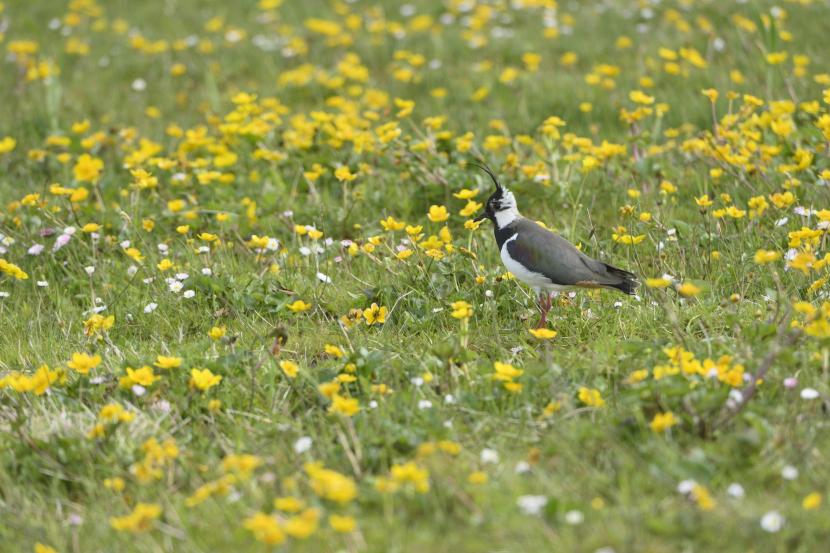
Step 2 - Measuring the condition.
In the same way that we developed habitat assessments through scorecards for POBAS, we created some simple versions to give us a broad based condition assessment of key habitats and features on each farm and a rating based on ‘Red, Amber, Green’ Not all habitats will have an assessment; some will be just a presence or not. We have tested how these might work through the use of an app, and have refined these based on our initial findings.
We are developing the app and web platform to support the Biodiversity Audit, using lessons we have learnt from feedback from those that used the POBAS ‘Sabbio’ app.
The next stage through 2024 will be to test the biodiversity audit with an expanded group of farmers and crofters, in readiness for 2025. We will continue to focus on an app as the main tool, but other options will be developed alongside. It is important that we gather feedback from farmers and crofters so we can build a Biodiversity Audit that is easy to use and understand.
If you have any queries please do get in touch with your NatureScot contact or email: [email protected].
Sue Agnew/Kay Prichard
Farming with Nature Project Managers
Further information on the biodiversity audit and app can be found in the Biodiversity Audit Project Update – June 2023.
Find out more
Piloting an Outcomes Based Approach to Farming (POBAS)
Natural Capital Assessment Tool - A Whole Farm Approach
Developing a Landscape Scale Natural Capital Tool for Scotland
